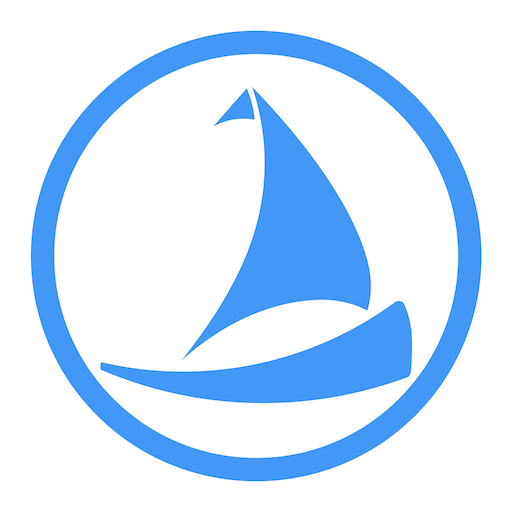Glossary Archive
VHF Radio
A communication device that operates on Very High Frequency (VHF) radio waves, used for ship-to-ship, ship-to-shore, and emergency maritime communication. VHF radios are essential for marine communication, providing a reliable means of contact between vessels, harbours, marinas, and emergency services. They operate on frequencies between 156 and 174 MHz, offering clear, short-range communication that is...
Victor
Pronounced: VIK-tah The term for the letter B in the NATO Phonetic Alphabet.
Victualling
The process or system of provisioning a ship with necessary supplies, especially food and drink, for the crew's sustenance during a journey. Victualling is an essential aspect of maritime operations, ensuring that a vessel is adequately stocked with provisions before setting sail. Historically, the term has been closely associated with naval and merchant ships, where...
Violent Storm
Beaufort Scale - Force 11 A violent storm is a weather phenomenon characterised by strong winds exceeding 64 knots (74 miles per hour) and significant wave heights of at least 40 feet. These storms can cause extensive damage to structures, vessels, and coastal areas, seriously threatening maritime operations and safety.
Letter V (Flag Semaphore)
Flag semaphore indicating the letter V.
Letter V (Morse Code)
International Morse Code sequence representing the letter V.
VMG
Velocity Made Good (VMG) is a nautical term that refers to the speed at which a vessel progresses towards a specific point of interest, typically its destination. It considers both the vessel's speed through the water and the effect of any current or wind pushing the vessel off course. VMG is important for sailors and...
VTS
A shore-based system that monitors and manages vessel movements in busy or hazardous waterways to enhance safety, efficiency, and environmental protection. Vessel Traffic Service (VTS) is an internationally recognised system operated by maritime authorities to regulate and assist vessel movements in congested or high-risk areas such as ports, straits, and busy coastal waters. Using radar,...
Wake
Turbulence behind a vessel. Not to be confused with wash
Warp
Heavy lines used for mooring, kedging or towing, and to move a vessel by hauling warps secured to a bollard or buoy


